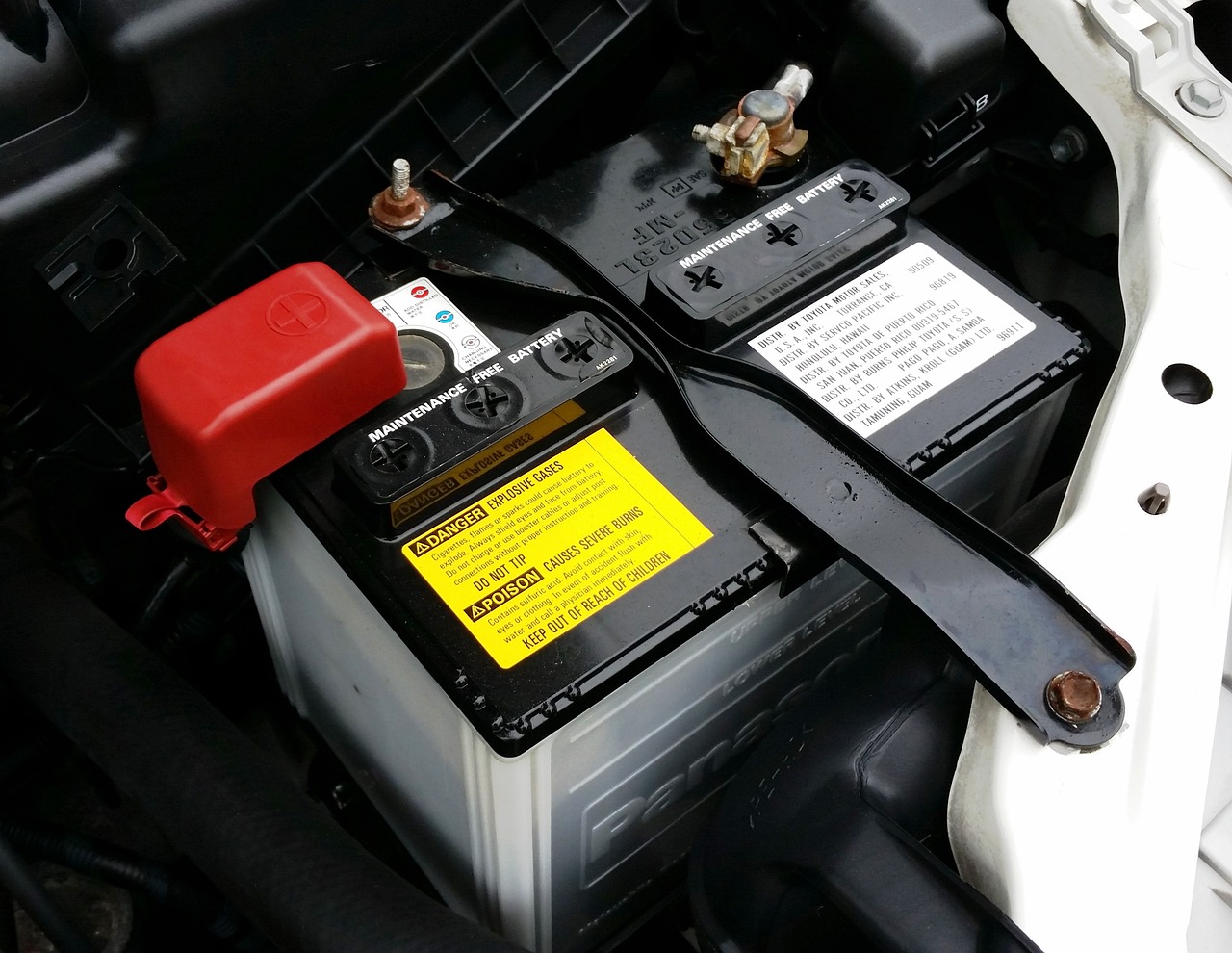The age-old question that haunts the dreams of every car owner who knows the difference between a transmission and a toaster (hint: one makes your car move and the other makes breakfast). But fear not, my friend, for today I shall impart upon you the wisdom of the car gods, coated in a light layer of humor and wit, so you can know exactly when to change that slippery liquid that keeps your gears shifting smoother than a politician’s promises.
Why Bother?
First off, let’s acknowledge the elephant in the room: Why even bother with this transmission fluid nonsense? Well, if you fancy the idea of pushing your car to the nearest garage because it decided to give up on life in the middle of the highway, by all means, keep ignoring it. For those who’d rather avoid turning into a traffic hazard, transmission fluid is like the blood of your car’s gearbox. Without it, gears grind, temperatures rise, and your once-beloved vehicle might just throw in the towel.
Real Talk: The Actual Interval
Alright, enough with the prelude. When should you actually change it? Here’s where things get a bit… tricky.
Car manufacturers, in their infinite wisdom, offer suggestions that vary from one model to another. Some say every 30,000 miles (~50,000 km), while others give you the generous limit of 100,000 miles (~160,000 km). And yet some optimistic brands claim their fluid is “lifetime”. Ah, “lifetime”. It’s funny how that word is so open to interpretation. I mean, technically, the moment your transmission dies because of filthy, old fluid, that is indeed its lifetime.
However, a generally safe guideline (for those who don’t enjoy frequent trips to the mechanic) is every 30,000 to 60,000 miles (~50,000-100,000 km) for most cars. But always – and I mean always – consult your owner’s manual. That little book isn’t just for squishing bugs or propping up wobbly tables. It’s filled with a treasure trove of information specifically for your car. Who’d have thought, right?
The Variables in the Mix
Remember, the advice above isn’t one-size-fits-all. There are variables you need to account for:
- Driving Style: If your morning commute is more ‘Fast & Furious’ than ‘Driving Miss Daisy’, your aggressive driving will heat things up faster in the transmission. Hotter fluid breaks down quicker.
- Towing & Heavy Loads: Do you tow your house, your neighbor’s car, or a parade float of rubber ducks on weekends? This additional strain means your transmission fluid will be working overtime.
- Stop-and-Go Traffic: If you’re stuck more in traffic than a hamster in a maze, frequent stops and starts make the transmission work harder.
Take these factors into account, and if they’re part of your daily driving scenario, consider changing the fluid sooner rather than later.
Choosing Your Fluid & Avoiding the Snake Oils
Before we delve deeper, let’s take a moment to discuss the plethora of transmission fluids available in the market. Step into any auto parts store and you’ll be greeted with shelves filled with bottles sporting terms like “superior performance,” “ultra-efficient,” and my personal favorite, “magical unicorn tears.” Okay, I made that last one up, but you get the drift.
Choosing the right fluid is vital. Here’s a radical idea: Refer back to that dusty owner’s manual. Yep, that one. Manufacturers tend to specify the type of fluid that’s best suited for your vehicle. And if you think “all fluids are the same,” well, you probably also believe chocolate milk comes from brown cows.
What About Flushes?
Now, you might’ve heard about this fancy term called “transmission flush.” Sounds invigorating, doesn’t it? Imagine a spa day, but for your car. In reality, a flush involves removing all the old fluid and cleaning out the gunk that’s built up. But here’s the kicker: Not all cars need it, and doing it unnecessarily or improperly can harm more than help. If you’re unsure about the ‘to flush or not to flush’ conundrum, consult with a trusted mechanic. Not your neighbor Kevin, who once fixed a leaky faucet and now thinks he’s a mechanical prodigy.
The Signs of the Apocalypse (For Your Transmission)
Before wrapping up, let’s talk about the signs that scream, “Change the darn fluid!”
- Sluggish Gear Shifts: If your car’s gears are moving slower than a sloth on a lazy Sunday, it’s a clear sign.
- Strange Noises: If your car sounds like it’s auditioning for a horror movie role with grinding or whining noises, it’s time for some fluid intervention.
- Dark or Dirty Fluid: Transmission fluid should be bright red. If it looks like it came from the depths of Mordor, change it.
- The Smell of Doom: A burnt odor is the car’s way of saying, “Help me, or I’ll soon give up!”
In conclusion, changing your transmission fluid might seem like an episode in an unending car maintenance series, but trust me, it’s cheaper than replacing a whole transmission. It’s like brushing your teeth – a little effort now saves a ton of pain (and expense) later.
So, there you have it! A guide sprinkled with just enough sarcasm to make you rethink your car maintenance habits. Take care of your transmission, and it’ll take care of you – probably by not breaking down in the middle of nowhere on a rainy night. Cheers to happy and smooth driving!
Pro Tips for the Savvy Car Enthusiast:
- Dipstick Diplomacy: Regularly check the transmission fluid level using the dipstick. If your car doesn’t have one (some modern ones don’t), see if there’s a procedure to check fluid health or level. And remember, overfilling can be as bad as underfilling!
- Spot the Spots: Notice a red puddle under your car? That’s not its way of marking territory. It might be a leak. Address it before you’re pouring in more transmission fluid than gas.
- Temperature Matters: Consider installing a transmission fluid temperature gauge. Overheating is the numero uno enemy of transmission fluid. By keeping an eye on the temp, you can avoid costly repairs down the line.
- Synthetic vs. Conventional: Synthetic transmission fluids often offer better temperature stability and longer protection. They might be pricier upfront but could save you in the long run.
- The Filter Finesse: Changing the transmission fluid? Consider changing the filter too. It’s like replacing the coffee beans but using the same old, grimy filter. A clean filter can greatly improve fluid flow and catch unwanted debris.
- Be Wary of Miracle Cures: If your transmission is acting up, and someone offers a magic bottle that promises to fix everything, tread carefully. There’s no substitute for proper diagnosis and repair.
- Know Your Transmissions: Not all transmissions are created equal. While most of this advice pertains to automatic transmissions, manual transmissions have their own fluid called gear oil. The change intervals and types of fluid can vary dramatically.
- Stay Educated: Technology keeps evolving. What might be relevant today can change tomorrow. Stay updated with the latest maintenance recommendations for your specific car model.
- DIY With Caution: If you’re a hands-on person and thinking about changing the fluid yourself, ensure you have the right tools, environment, and expertise. A botched job can lead to more damage than good.
- Develop a Relationship: Find a reputable mechanic or service center and stick with them. Having professionals who are familiar with your car’s history can lead to better maintenance decisions.
Frequently Asked Questions: Transmission Fluid Extravaganza
While both are crucial lubricants for your vehicle, they serve distinct roles. Engine oil lubricates the engine’s moving parts, while transmission fluid ensures smooth gear shifts in automatic transmissions and serves as lubrication in manual transmissions.
Absolutely. Skipping this step can lead to reduced performance, increased wear and tear, and eventually, expensive transmission repairs. It’s like avoiding water and wondering why you’re dehydrated.
Most cars have a dipstick for the transmission fluid, similar to the engine oil dipstick. If you’re unsure, consult your car’s manual. If your transmission starts behaving oddly (like rough shifts), it might be a sign of low fluid.
It’s not recommended. Different brands might have varying formulations. Stick to what’s recommended for your car, and if you’re changing brands, it’s best to do a complete flush and fill.
Synthetic transmission fluids are chemically engineered to offer better performance under extreme conditions and often have a longer lifespan than conventional ones. However, always check your owner’s manual to see what’s best for your vehicle.
“Lifetime” can be misleading. It often means the expected life of the transmission, not the car’s entire lifespan. Many experts recommend changing even “lifetime” fluids every 60,000 to 100,000 miles (100,000-160,000 km) to ensure optimal performance.
Yes, many transmission leaks are due to faulty seals or gaskets and can be fixed without replacing the entire transmission. However, a thorough diagnosis is essential.
Common signs include rough or delayed shifts, slipping between gears, strange noises during shifting, a burnt smell, or transmission warning lights on your dashboard.
It can be, but it’s not as straightforward as an oil change. You need the right tools, knowledge, and environment. If you’re uncertain, it’s best to leave it to professionals.
Over time, contaminants, wear metals, and the breakdown of additive packages can darken the fluid. Dark fluid is a sign that it’s high time for a change.



